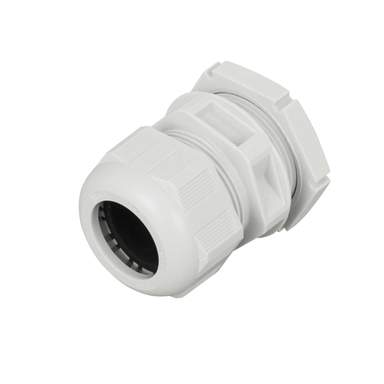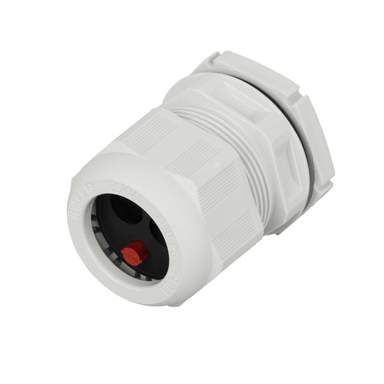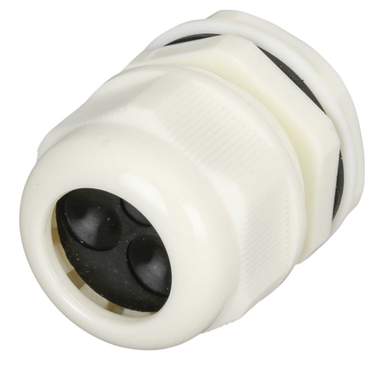Was just watching a video of an RCBO install and found it weird that the breakers are double pole yet still have to have a fly lead.
Why don't we do it like this:
Ignore the gibberish coming out of his mouth and take a look at the unit. L+N coming from the supply, feeding the bottom of the first RCD. All the RCD's are linked together by the linking bars running down the left, giving them all L+N feed. The feed then goes through the RCD out the top, into the bus bar that's linked across the tops of all the MCB's. The L+N of each circuit comes out the bottom. This does away with the need for a neutral bar (there is one but they are used when there is no linking bar employed and you have to run an N to each RCD), several main neutral cables and the need to fill the unit with loads of extra cabling, not to mention cost saving on the materials.
Why, even with dual pole RCBO's, do we still make them use fly leads when we could simply link them all to N via the main RCD in? Makes no sense to me.
Having said that we're still the only country i know of that uses rings.
Anyone think we'll eventually catch up and stop doing things in such weird ways? Although i guess one drawback of the way they do it in Europe is that their multi tier units are standard for almost any regular sized home and they are anywhere from £3-700.
Why don't we do it like this:
Ignore the gibberish coming out of his mouth and take a look at the unit. L+N coming from the supply, feeding the bottom of the first RCD. All the RCD's are linked together by the linking bars running down the left, giving them all L+N feed. The feed then goes through the RCD out the top, into the bus bar that's linked across the tops of all the MCB's. The L+N of each circuit comes out the bottom. This does away with the need for a neutral bar (there is one but they are used when there is no linking bar employed and you have to run an N to each RCD), several main neutral cables and the need to fill the unit with loads of extra cabling, not to mention cost saving on the materials.
Why, even with dual pole RCBO's, do we still make them use fly leads when we could simply link them all to N via the main RCD in? Makes no sense to me.
Having said that we're still the only country i know of that uses rings.
Anyone think we'll eventually catch up and stop doing things in such weird ways? Although i guess one drawback of the way they do it in Europe is that their multi tier units are standard for almost any regular sized home and they are anywhere from £3-700.














